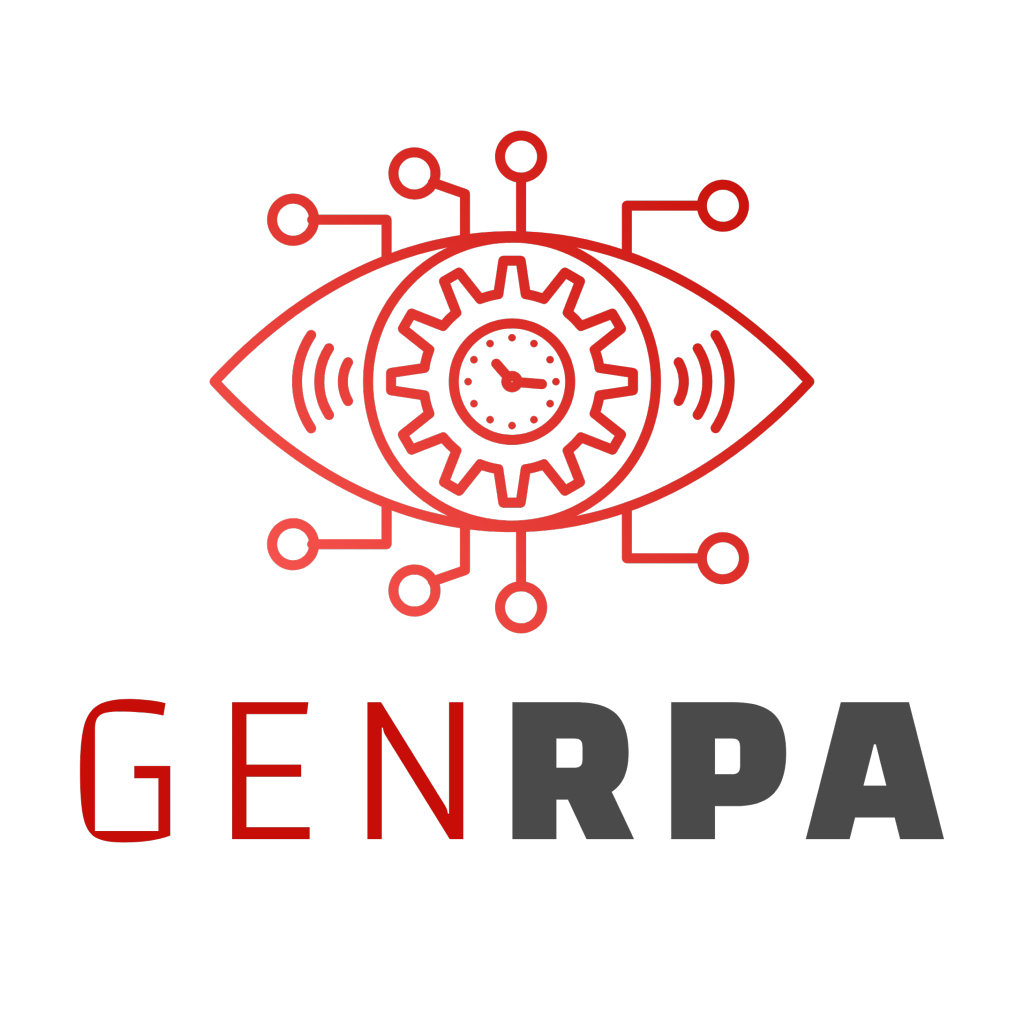RPA & AI Agents
What is RPA(Robotic Process Automation)?
Robotic Process Automation (RPA) is a technology that uses software robots (or “bots”) to mimic human actions when interacting with digital systems and applications. These bots can perform rule-based, repetitive tasks—such as entering data, processing transactions, reading emails, and extracting information—much faster and more accurately than humans. RPA enables organizations to automate routine workflows without changing existing systems, reducing manual effort, minimizing errors, improving efficiency, and freeing up employees to focus on higher-value work.
What is a bot (or Robot)?
In Robotic Process Automation (RPA), a bot (short for robot) is a software-based digital worker designed to mimic human actions within digital systems. Unlike physical robots, RPA bots operate on computers and interact with applications just like a human would—by clicking buttons, entering data, reading emails, navigating systems, and more.
What is an AI Agent?
An AI agent is a software entity that uses artificial intelligence to perceive its environment, make decisions, and take autonomous actions to achieve specific goals—often without human intervention. Unlike traditional RPA bots that follow fixed rules, AI agents are dynamic and context-aware. They can interpret unstructured data (like text, voice, or images), adapt to new situations, and even collaborate with humans, systems, or other agents.
